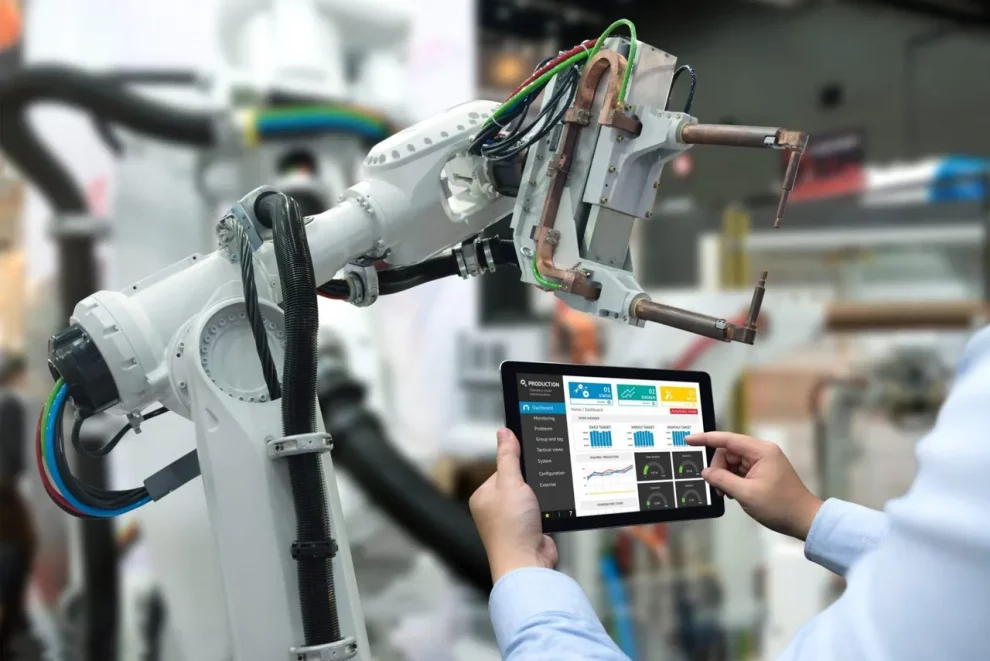For years, narratives surrounding AI have focused heavily on automation – visions of machines entirely replacing human workers. However, as AI continues advancing, a more balanced reality is coming into focus. While automation brings undisputed efficiencies, it often fails to match humans in flexibility, adaptability and ethical reasoning when navigating complex real-world scenarios.
This is where the exciting shift towards Humans-in-the-Loop (HITL) systems gains momentum. Rather than full automation or machine dominance, HITL emphasizes collaboration, with humans and AI each contributing unique strengths to achieve optimal outcomes.
The Limits of Full Automation
Initially, developing fully autonomous AI to replicate or replace human capabilities seemed the holy grail. However, as the technology matures, the flaws in this narrow approach become increasingly apparent.
While AI can match or even exceed human performance on specialized tasks like data analysis, pattern recognition and repetitive processing, real-world scenarios require a more versatile skillset. Key human qualities like adaptability, multi-dimensional thinking, intuition and ethical reasoning remain difficult for machines to replicate.
Additionally, fully automated systems raise complex accountability concerns. If an autonomous AI makes an erroneous or ethically questionable decision, legal and moral responsibility becomes blurred.
These limitations highlight why, rather than full automation, the future lies in collaborative human-AI partnerships that combine complementary strengths.
The Rise of Humans-in-the-Loop Systems
HITL systems embrace interdependent human-AI collaboration. Humans handle tasks like ethical reasoning, complex decision-making and handling ambiguity. AI contributes its specialisms – data crunching, prediction modeling and optimizing repetitive processes.
This synergy unlocks immense potential across a multitude of domains by:
- Enhancing Decision-Making: Humans leverage AI insights while applying ethical checks and balances.
- Increasing Adaptability: Humans handle unpredictable situations where rule-based AI struggles.
- Mitigating Bias: Humans identify and address biases in AI before unethical decisions occur.
- Augmenting Human Capabilities: AI frees up humans to focus on higher-reasoning tasks.
HITL in Action
The HITL approach already drives innovation across diverse industries:
Medical Diagnosis
AI analyzes scans and makes initial diagnostic suggestions, then human experts refine them using medical knowledge and context.
Fraud Detection
AI flags potentially fraudulent activities based on patterns, then humans incorporate intent and contextual factors into final fraud determinations.
Autonomous Vehicles
Self-driving vehicles handle most routine navigation, but human override capacities allow navigating unexpected situations.
Content Creation
AI recommends designs and assists with writing, while human creators maintain stylistic control and ethical accountability.
Realizing the Full Potential of Human-AI Collaboration
As the HITL field evolves, focus areas like interface design, explainable AI and continuous learning cycles will further optimize joint potential:
Reimagining Interface Design
Intuitive interfaces translating AI logic for end users and allowing seamless human interventions will be crucial.
Increasing AI Transparency
Explainable AI helps humans understand AI decisions, facilitating appropriate oversight and trust in the technology.
Creating Feedback Loops
As humans work closely within AI systems, sharing continuous feedback, the systems can dynamically adapt and improve.
Cultivating an Ethical Collaborative Future
Transitioning towards ethical and fulfilling HITL systems requires fundamental mindset shifts. Rather than competing with machines, we must view AI as empowering collaborators. Core focal areas involve:
Prioritizing Human-Centric Design
HITL solutions must cater seamlessly to human needs and oversight capabilities, not the reverse.
Increasing Public Trust in AI
Transparent communication and explainable decisions will help foster greater user trust and acceptance of AI.
Retraining and Upskilling Workers
As jobs transform, expanded education opportunities will help human workers thrive in AI-integrated environments.
The Future is Collaborative
Blind automation no longer defines the AI landscape. Instead, HITL systems offering ethical and fulfilling human-machine collaboration represent the most promising path forward. This collaborative balancing act harnesses complementary strengths while keeping humans firmly in the loop – directing innovation towards responsible and empowering ends rather than simply efficient ones. By embracing this nuanced integration of minds and machines, we can build an evolved future that uplifts our human potential rather than simply replicating it.
















Add Comment